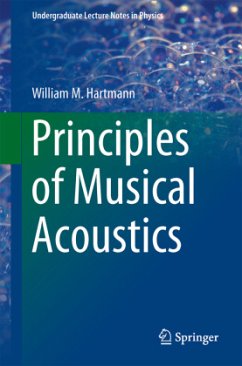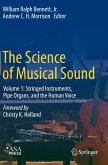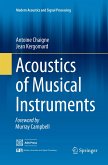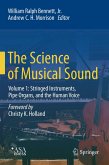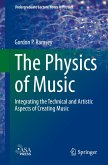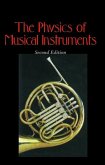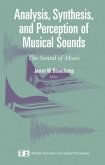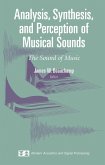Principles of Musical Acoustics focuses on the basic principles in the science and technology of music. Musical examples and specific musical instruments demonstrate the principles. The book begins with a study of vibrations and waves, in that order. These topics constitute the basic physical properties of sound, one of two pillars supporting the science of musical acoustics. The second pillar is the human element, the physiological and psychological aspects of acoustical science. The perceptual topics include loudness, pitch, tone color, and localization of sound. With these two pillars in place, it is possible to go in a variety of directions. The book treats in turn, the topics of room acoustics, audio both analog and digital, broadcasting, and speech. It ends with chapters on the traditional musical instruments, organized by family.
The mathematical level of this book assumes that the reader is familiar with elementary algebra. Trigonometric functions, logarithms and powers also appear in the book, but computational techniques are included as these concepts are introduced, and there is further technical help in appendices.
The mathematical level of this book assumes that the reader is familiar with elementary algebra. Trigonometric functions, logarithms and powers also appear in the book, but computational techniques are included as these concepts are introduced, and there is further technical help in appendices.
From the book reviews:
"Principles of Musical Acoustics is a welcome addition to the existing selection of undergraduate texts. ... the writing is clear and lively, and it would be accessible to its target audience. Coupled with a laboratory component and ample demonstrations and computer visualizations, it could form the basis for a stimulating semester course." (John Smedley, Physics Today, September, 2014)
"Principles of Musical Acoustics is a welcome addition to the existing selection of undergraduate texts. ... the writing is clear and lively, and it would be accessible to its target audience. Coupled with a laboratory component and ample demonstrations and computer visualizations, it could form the basis for a stimulating semester course." (John Smedley, Physics Today, September, 2014)

